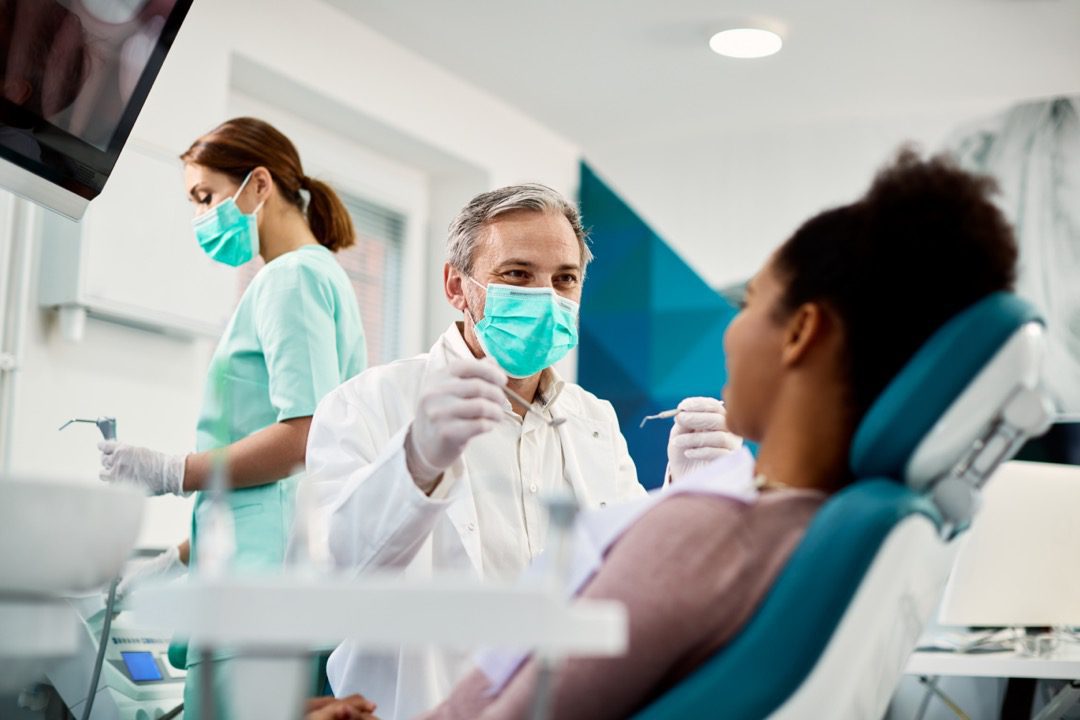No one likes having cavities, and as tempting as it can be to ignore them, that will only make them worse. Because they don’t fix themselves on their own, cavities must be filled by a dentist. A dental filling helps to prevent further decay by restoring your damaged tooth and preventing bacteria from getting into places where it can attack your teeth. The great news is that dental fillings are typically a quick and straightforward procedure.
We’ve broken down exactly how long it takes to fix a cavity so you can rest assured that you’ll have your bright, beautiful smile back to normal in no time!

What is a Cavity?
Before getting into the specifics surrounding fixing cavities, we first need to break down what exactly a cavity is. A cavity, also known as tooth decay, is caused by several factors, including eating and drinking sugary foods that can cause bacteria in your mouth. Not cleaning your teeth well enough and snacking frequently can make you more vulnerable to cavities, so proper oral hygiene is essential to keeping cavities at bay. Tooth pain or sensitivity is one of the most common symptoms of a cavity, and symptoms will typically get worse the longer you go without fixing your cavity.

How to Fix a Cavity
When it comes to fixing a cavity, your dentist will freeze the area around the affected tooth using a local anesthetic, so you don’t feel any pain during the actual filling process. Then, your dentist will remove the decay from your tooth using a dental drill before shaping the area to prepare it for the filling. The filling material itself is typically a resin composite, which is hardened using a special light during the procedure. The filling will help to protect the damaged parts of your tooth from further decay. Once your cavity has been filled, the dentist will polish the affected area to ensure that there are no sharp edges that can damage your cheek or lip. For a single cavity, the overall procedure is quick and shouldn’t take longer than an hour.

What to Expect After Filling a Cavity
After having a cavity filled, you should no longer feel any of the pain or discomfort associated with the cavity. You might experience some sensitivity or soreness from the actual procedure of filling the cavity, but that should subside in a day or two. Avoiding foods that can trigger increased sensitivity, such as hot or cold drinks, sugary foods, and soft drinks, can help to alleviate some discomfort until you have fully recovered. If you continue to experience pain or discomfort a few days after the procedure, don’t hesitate to reach out to your dentist.
While cavities aren’t fun to deal with, they are relatively simple to treat as long as they are caught early, so if you suspect that you have a cavity, it’s always best to contact your dentist to have it treated.

